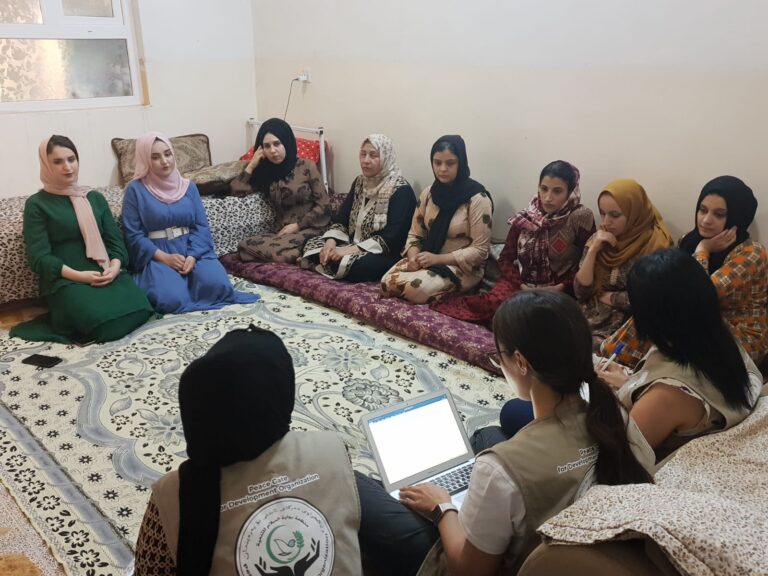Context
The fall of Mosul city to ISIL has collapsed the economy, infrastructure and access to basic services. ¡The objective of rebuilding the city and reviving its economic, social and cultural life is a major challenge. ¡The fact that the city’s physical infrastructure, public services, and facilities, industrial areas and many of its economic enterprises have been severely damaged, puts the economic well-being of the city and its residents at stake. ¡Reliable data on population size is difficult to obtain, the last official countrywide census was conducted in 2007 ¡Mosul city witnessed a wave of mass exodus after ISIL gained control of the city in 2014. ¡The current number of Mosul residents is uncertain. ¡Returning families also face challenges in accessing basic services and utilities – accessing water, electricity or fuel in parts of Mosul can be difficult and very expensive. ¡So far, according to government figures, some 79,000 people returned to battered West Mosul – that is one out of every ten people who were forced to flee from this part of the city. Also, the government says, more than 90% of families (more than 165,000 people) who had fled East Mosul during the conflict have now returned. There has been considerably less destruction in East Mosul, and we witness progress in gradual resumption of day-to-day life there. ¡However, there are also families who have returned to camps. Managers in the IDP camps east of Mosul estimate that at least 200 families have moved back to the camps after finding living conditions difficult in Mosul. Reasons cited for their return a include lack of shelter; high rental prices; a lack of livelihood opportunities and limited basic services such as electricity and water.
methodology
A sample of 391 was considered, at a 95% confidence level and an interval of ____ ¡We considered the last population data from UNHCR 2016 which was reported to be ~1,000,000. ¡The inclusion criteria were all women and men from Mosul, especially from middle- high income communities. To ensure a representative sample size, we targeted government organizations, business owners, university students and middle-income neighborhoods in the city. ¡After data monitoring and cleaning, we finally considered 380 interviews for the analyses
Sociodemographic information
| n | % | |
| Gender | ||
| Male | 300 | 21.05 |
| Female | 80 | 78.95 |
| Mean age in years | 33.9 | |
| Mean family size | 6 | |
| Total monthly income (mean USD) | 643.07 | |
| Educational background | ||
| Graduation | 159 | 41.84 |
| Primary education | 73 | 19.21 |
| Secondary school | 63 | 16.58 |
| High school | 60 | 15.79 |
| Vocational school | 15 | 3.95 |
| Post graduation | 10 | 2.63 |
| Marital Status | ||
| Married | 244 | 64.21 |
| Unmarried | 130 | 34.21 |
| Widowed | 4 | 1.05 |
| Divorced | 2 | 0.53 |
| Primary language | ||
| Only Arabic | 271 | 71.32 |
| Arabic and Kurdish | 22 | 5.79 |
| Arabic and English | 74 | 19.47 |
| All three languages | 13 | 3.42 |
| Occupation | ||
| Government employee | 92 | 24.21 |
| Free business | 65 | 17.11 |
| Umemployed | 46 | 12.11 |
| Student | 44 | 11.58 |
| Employer | 41 | 10.79 |
| Private sector employee | 35 | 9.21 |
| Others | 34 | 8.95 |
| Retired | 23 | 6.05 |
Passport information
Availability of passport

Migration information



Incentives for migration






